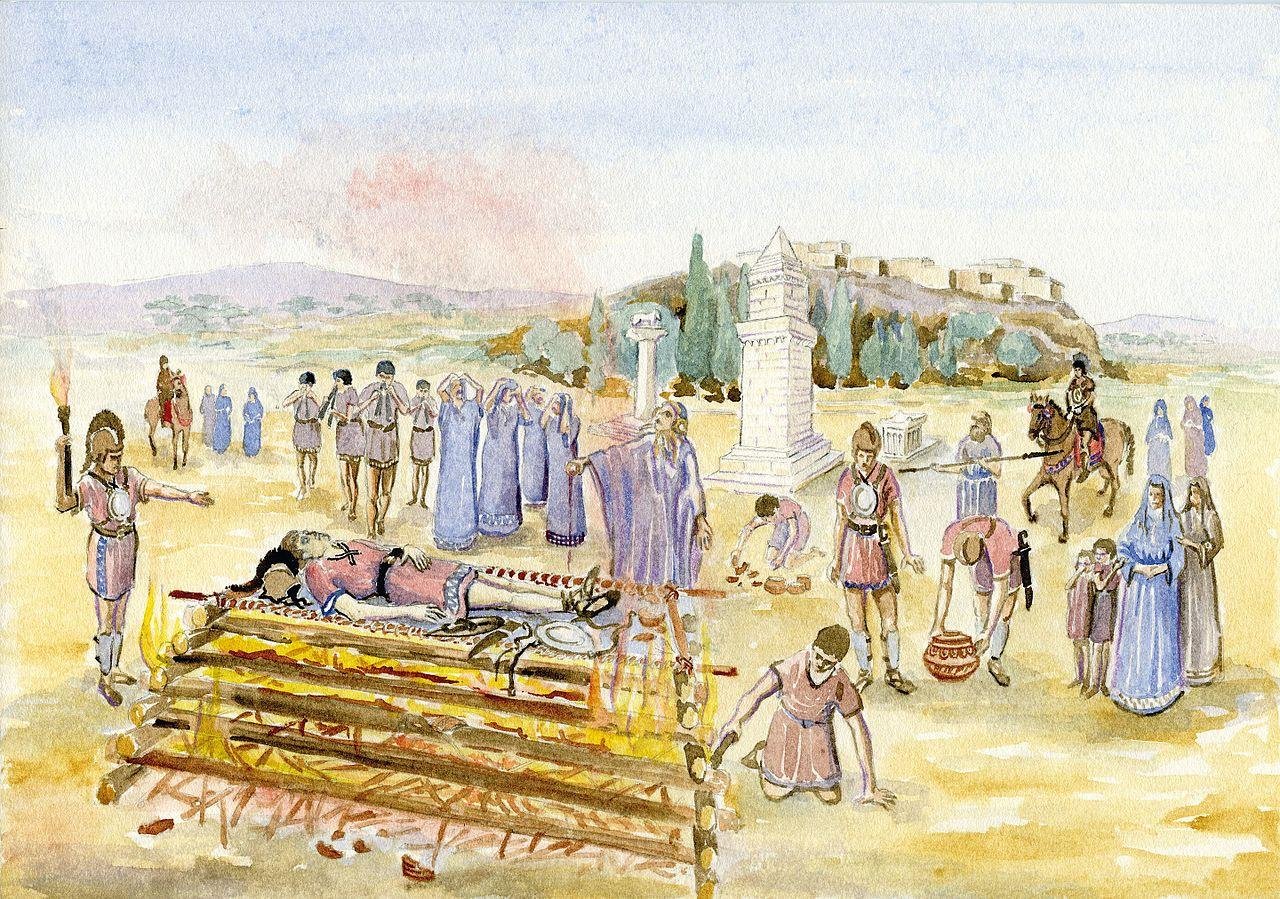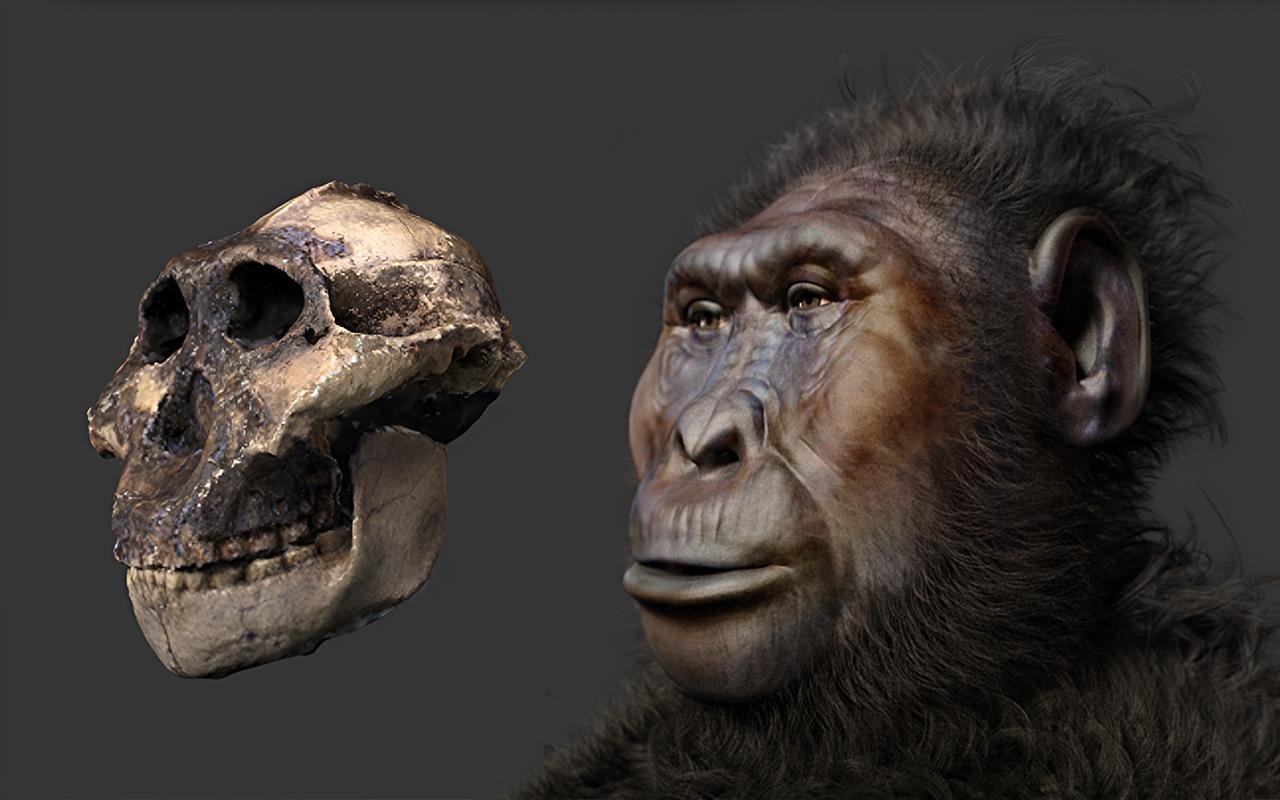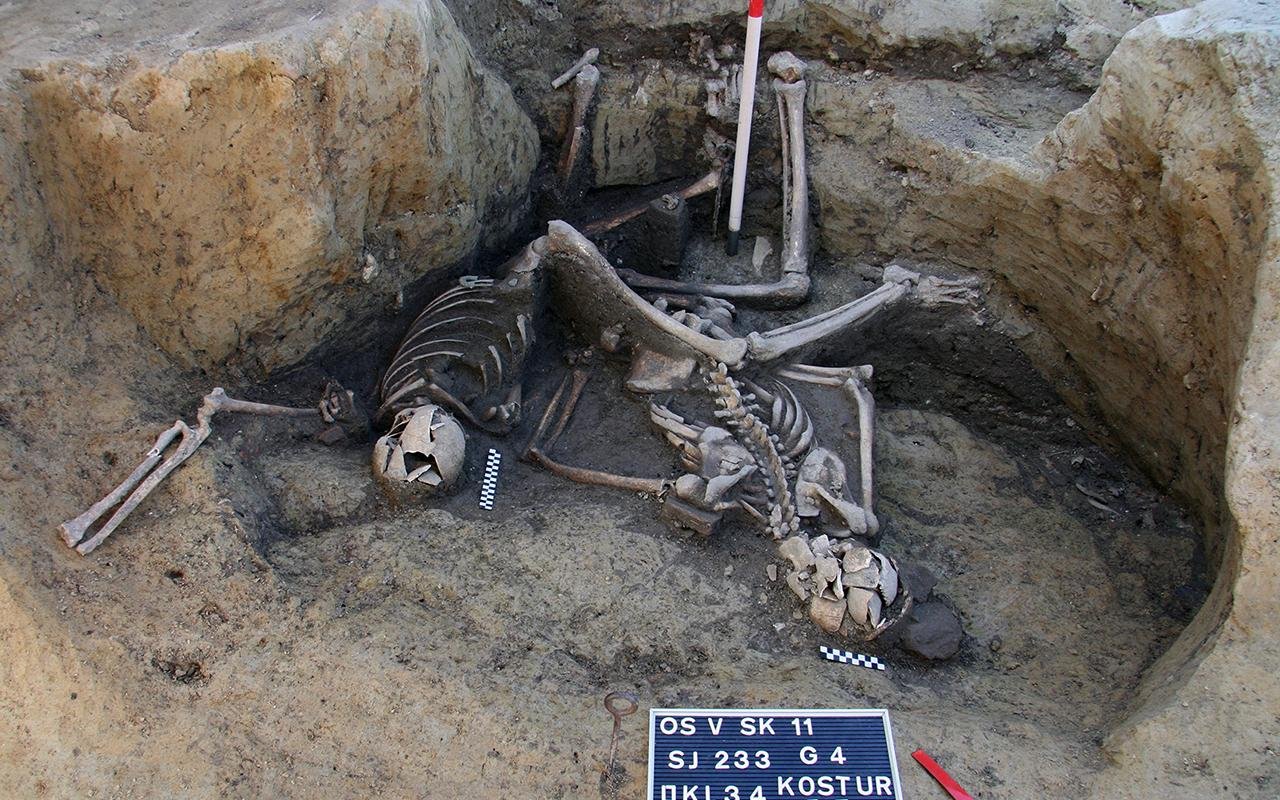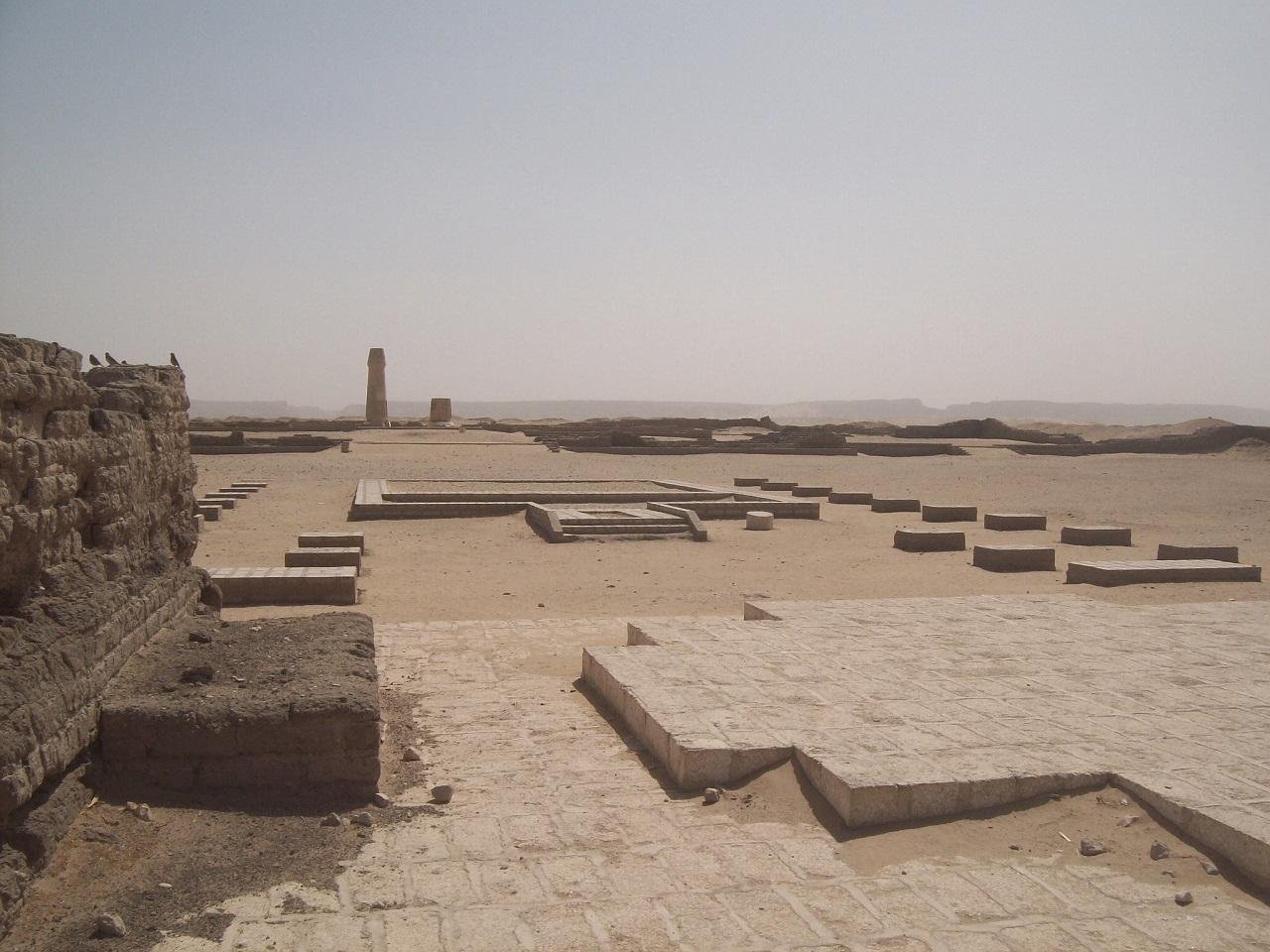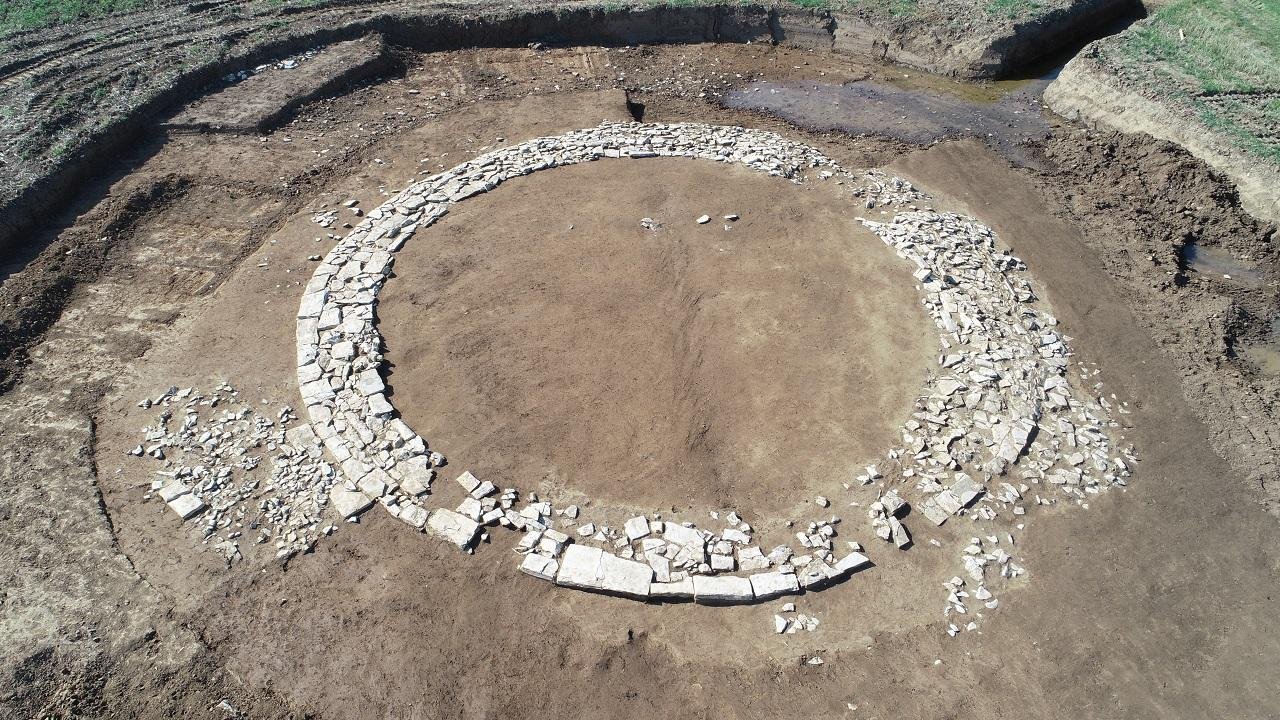Archaeologists at Egypt’s Saqqara necropolis have uncovered mollusc shells that shed light on aspects of life in ancient Egypt, from everyday existence to religious rituals. The discovery comes from the Saqqara West mission, a project led by Polish archaeologists that has been conducting excavations since the late 1980s.
 Serapeum of Saqqara, Necropolis of Saqqara, Egypt. Credit: Fabio Achilli / CC BY 2.0
Serapeum of Saqqara, Necropolis of Saqqara, Egypt. Credit: Fabio Achilli / CC BY 2.0
Saqqara, about 30 to 40 kilometers south of Cairo near the famous Step Pyramid of Netjerikhet, was one of the most magnificent cemeteries of ancient Memphis. It was for centuries the burial ground of kings, priests, and officials of the highest government ranks, and hence a rich source of information regarding Egyptian society.
Among the finds, mollusc shells stand out for their range of uses. Excavations show they were employed both for their practicality and symbolism. Larger shells were typically used as containers, holding oils, perfumes, or even writing ink for scribes. Others were incorporated into clothing, ornaments, or jewelry, showing appreciation for their beautiful forms.
Their purpose, however, extended beyond decoration and utility. Some shells were held spiritually and intentionally buried. Cowrie shells, for example, were linked with fertility in that they resembled a female reproductive organ. Women wore them as amulets during pregnancy or after childbirth, and they were sometimes discovered in the graves of children. Clam shells, ᴀssociated with scribes, were used as ink containers and were entombed with writers so their tools of trade might accompany them into the afterlife. This conformed to the larger Egyptian belief that things essential in life would be required anew in death.
 Hepy, string of cowrie shells, circa 1950–1885 BCE. Middle Kingdom, Dynasty 12, from Egypt, Memphite Region, Lisht South, mastaba west of Senwosretankh, Pit 3. Metropolitan Museum of Art.
Hepy, string of cowrie shells, circa 1950–1885 BCE. Middle Kingdom, Dynasty 12, from Egypt, Memphite Region, Lisht South, mastaba west of Senwosretankh, Pit 3. Metropolitan Museum of Art.
Shells were also used in construction methods. Shells broken up and mixed with straw were integrated into mudbricks to make buildings more resistant, a technique still used in some Egyptian rural areas. This introduces a mundane link with nature, as molluscs are extremely responsive to water quality and climate. The shells preserved within the bricks and fills provide archaeologists with invaluable information regarding the environmental conditions thousands of years ago.
The shells discovered so far in Saqqara are relatively rare—only about 30 specimens have been found since 1999. Some of them are complete, while others are fragments. This scarcity suggests several possibilities: perhaps shells were not widely utilized at this site, or it is likely that they were removed during ancient looting. However, what has been recovered provides insight into symbolic and practical customs that are otherwise difficult to trace.
Surprisingly, none of the shells bear royal inscriptions or elaborate ornamentation. It may be that their natural features were thought to be outstanding in themselves. The recently uncovered shells usually display stunning patterns or vivid colors, though these fade over time. Others were white by nature, and the Egyptians might have intentionally chosen them for their purity.
Cumulatively, these small finds point to the close relationship between people and the environment around them in ancient Egypt. Well beyond simple remains, Saqqara’s shells show us a culture that drew meaning, utility, and spiritual solace from the smallest details of the natural world.
More information: Nauka w Polsce
